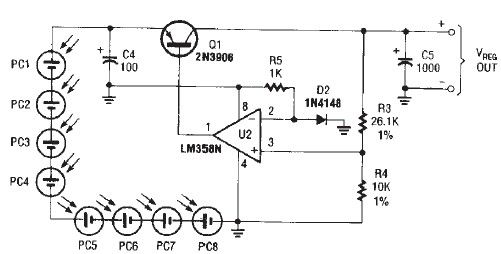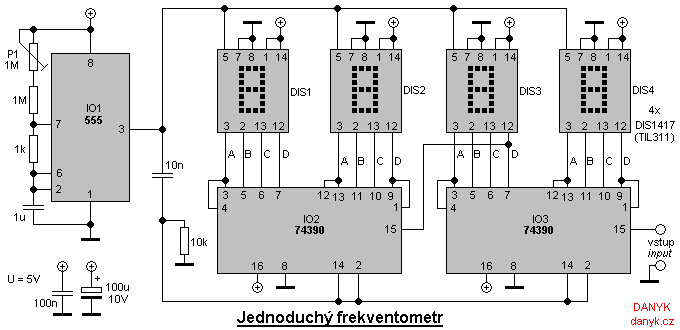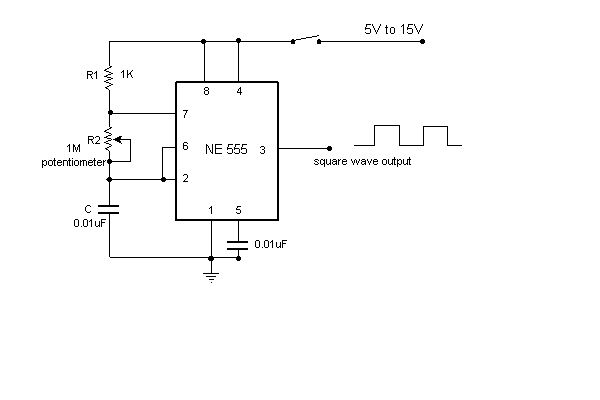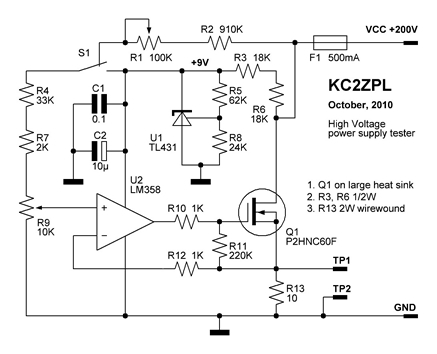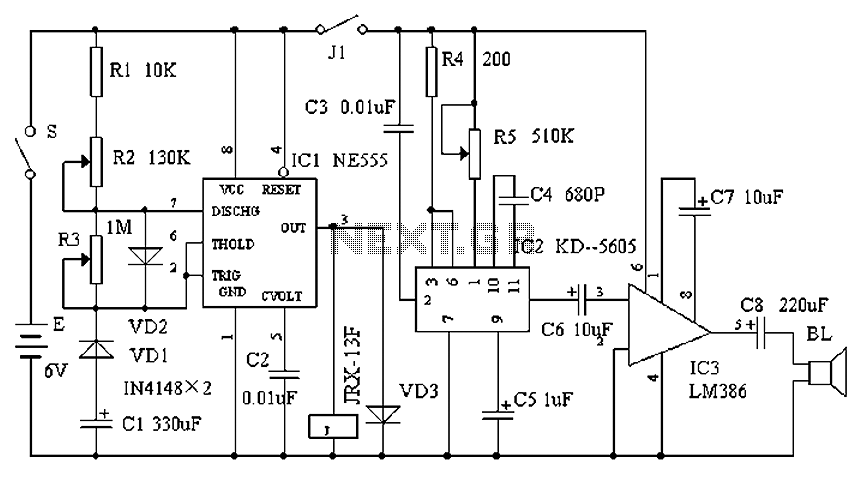
The wireless radio frequency based on ATmega16 and nRF905 receives and dispatches system design
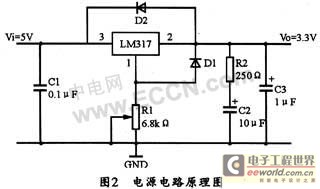
The intersection of industry and data collection systems includes hydrometeorological control systems, robot control systems, and digital image transmission systems. This is facilitated by the electron transport of data information. The data transmission system is a crucial component of various intelligent control systems, primarily utilizing wired data modes such as parallel transfer, serial transmission, and CAN bus. In wired data transmission, the carriers used are paired lines, coaxial cables, or optical fibers. Alternatively, data transmission can also employ wireless methods, allowing transmission through air or vacuum. Compared to traditional wired methods, wireless transmission eliminates the need for cable installation, significantly reducing the quantity of cables required, construction complexity, and overall system costs, making it a promising area for research. This text discusses the integration of the ATMEGA16L microcontroller with the nRF905 wireless radio frequency module, forming a wireless data transmission system. The system consists of a transmitting module and a receiving module. The data to be transmitted is processed by the microcontroller and sent out via the nRF905. Upon correctly receiving the data, the nRF905 displays the information on a seven-segment display, enabling short-range wireless communication. The overall block diagram of this system illustrates the signal flow. The system can be functionally divided into four parts: the power module, the central control module, the wireless receiving and dispatching module, and the data display module. The design requires a 3.3 V voltage, which is generated using the LM317 adjustable three-terminal voltage regulator. The schematic circuit diagram for the 3.3 V power supply using the LM317 is provided. The AVR ATMEGA16L microcontroller is chosen for the control circuit design due to its features: it executes powerful instructions within a single clock cycle, achieving high processing capability at 1 MHz. It is recognized for its high MIPS/mW performance among 8-bit microcontrollers. The microcontroller includes a large-scale, fast-access register file composed of 32 general-purpose registers, capable of handling 15kSPS, meeting the system's requirement of 8kSPS with an analog-to-digital converter that supports 8 channels. The SPI (Serial Peripheral Interface) facilitates communication with external control devices, reducing the need for wired connections. Additionally, the microcontroller features 512 bytes of EEPROM for data storage during power down. It has two external interrupts, ensuring timely response to newly received messages. The ATMEGA16L employs Flash memory technology for program storage, allowing for over 1000 write/erase cycles in its internal memory cells. The operating voltage range of the AVR ATMEGA16L microcontroller is 2.7 to 5 V.
The described system represents a sophisticated integration of various technologies to facilitate efficient data transmission and control. The use of the ATMEGA16L microcontroller provides robust processing capabilities, enabling real-time data handling and communication. The nRF905 module enhances the system's versatility by enabling wireless communication, which is particularly advantageous in applications where cable installation is impractical. The design's modular approach ensures that each functional component can be developed and tested independently, allowing for easier troubleshooting and maintenance. The power management aspect, utilizing the LM317 voltage regulator, ensures that the system operates within the specified voltage range, thereby enhancing reliability. Overall, this system exemplifies the convergence of modern electronics and data communication technologies, paving the way for innovative applications in various fields such as robotics, environmental monitoring, and remote sensing.The intersection of industry and data collecting system, hydrometeorologicalcontrol system, robot control system, digital image transmission system, etc. , it is due to the electron transport of the data information. We can say, the data information transmission system is important constituent elements of different intelligent control systems.
And the data transmission majority adopts the wired data mode, such as parallet transfer, serial transmission and CAN bus, etc. In the transmission mode of the wired data. Machine format transmission carriers are paired line, coaxial or optic fibre. In fact, data transmission can also use wireless transmission mode, namely realize data transmission through the air or vacuum. Compare in traditional wired data transmission mode, wireless transmission mode needn`t consider transmitting the installation question of the cable, thus saves a large number of cables, reduce difficulty of construction and system cost, therefore is a very potential subject for research.
This text provide with the intersection of ATMEGA16L and one-chip computer and the intersection of nRF905 and wireless the intersection of radio frequency and device receiving and dispatching constituent one wireless cipher scheming of data transmission system. This system is launched and received the module to make up. After the data that will launch the module and will be sent mainly are dealt with by the one-chip computer, send through nRF905 out.
In receiving the module, nRF905 reveals through the nixie tube after receiving the data correctly, thus realize the wireless communication of the short distance. The overall block diagram of this system is shown as in Fig. 1, the arrowhead points to the trend which shows the signal in the picture. This system can be divided into power module, the control module of centre, wireless four parts of receiving and dispatching the module, receiving data display module etc.
from functionally. Originally design the need 3. 3 V voltage. So can be adjustable with the three terminal to output the integrated stabilizator LM317 to produce 3. 3 V voltage. Fig. 2 shows to produce the schematic circuit diagram of 3. 3 V mains voltage with LM317. This system selection AVR ATMEGA16L one-chip computer comes to carry on the design of the controlling circuit.
Its reason is mainly that this one-chip computer has the following characteristics: AVR one-chip computer can carry out the powerful order within single clock cycle, every MHz can realize the handling capacity of MIPS, it is 8 one-chip computers with highest MIPS/ mW ability. AVR one-chip computer adopts large-scale fast access register file and fast singly periodic order. Its fast access RISC register file is made up of 32 common working registers. It is 15kSPS, the requirement for this satisfiable system required 8kSPS to include 10 highest sampling rate of analog digital converter of 8 passways; SPI Serial Peripheral Interface is serial have the interface outside The intersection of control device and reducible one-chip computer and serial DAC and wireless to receive and dispatch communication among the chip, reduce and is wired; But EEPROM of the 512 bytes can store FYI in the power down: This one-chip computer has two external interruption, can guarantee the one-chip computer responds to and deals with the message received newly in time.
What the procedure storage space in AVR one-chip computer ATMEGA16L is adopted is Flash memory technology, so, can wipe writing 1000 or more times repeatedly online in internal memory cell of this one-chip computer. The job voltage range of AVR ATMEGA16L one-chip computer is 2. 7- 5. 🔗 External reference
The described system represents a sophisticated integration of various technologies to facilitate efficient data transmission and control. The use of the ATMEGA16L microcontroller provides robust processing capabilities, enabling real-time data handling and communication. The nRF905 module enhances the system's versatility by enabling wireless communication, which is particularly advantageous in applications where cable installation is impractical. The design's modular approach ensures that each functional component can be developed and tested independently, allowing for easier troubleshooting and maintenance. The power management aspect, utilizing the LM317 voltage regulator, ensures that the system operates within the specified voltage range, thereby enhancing reliability. Overall, this system exemplifies the convergence of modern electronics and data communication technologies, paving the way for innovative applications in various fields such as robotics, environmental monitoring, and remote sensing.The intersection of industry and data collecting system, hydrometeorologicalcontrol system, robot control system, digital image transmission system, etc. , it is due to the electron transport of the data information. We can say, the data information transmission system is important constituent elements of different intelligent control systems.
And the data transmission majority adopts the wired data mode, such as parallet transfer, serial transmission and CAN bus, etc. In the transmission mode of the wired data. Machine format transmission carriers are paired line, coaxial or optic fibre. In fact, data transmission can also use wireless transmission mode, namely realize data transmission through the air or vacuum. Compare in traditional wired data transmission mode, wireless transmission mode needn`t consider transmitting the installation question of the cable, thus saves a large number of cables, reduce difficulty of construction and system cost, therefore is a very potential subject for research.
This text provide with the intersection of ATMEGA16L and one-chip computer and the intersection of nRF905 and wireless the intersection of radio frequency and device receiving and dispatching constituent one wireless cipher scheming of data transmission system. This system is launched and received the module to make up. After the data that will launch the module and will be sent mainly are dealt with by the one-chip computer, send through nRF905 out.
In receiving the module, nRF905 reveals through the nixie tube after receiving the data correctly, thus realize the wireless communication of the short distance. The overall block diagram of this system is shown as in Fig. 1, the arrowhead points to the trend which shows the signal in the picture. This system can be divided into power module, the control module of centre, wireless four parts of receiving and dispatching the module, receiving data display module etc.
from functionally. Originally design the need 3. 3 V voltage. So can be adjustable with the three terminal to output the integrated stabilizator LM317 to produce 3. 3 V voltage. Fig. 2 shows to produce the schematic circuit diagram of 3. 3 V mains voltage with LM317. This system selection AVR ATMEGA16L one-chip computer comes to carry on the design of the controlling circuit.
Its reason is mainly that this one-chip computer has the following characteristics: AVR one-chip computer can carry out the powerful order within single clock cycle, every MHz can realize the handling capacity of MIPS, it is 8 one-chip computers with highest MIPS/ mW ability. AVR one-chip computer adopts large-scale fast access register file and fast singly periodic order. Its fast access RISC register file is made up of 32 common working registers. It is 15kSPS, the requirement for this satisfiable system required 8kSPS to include 10 highest sampling rate of analog digital converter of 8 passways; SPI Serial Peripheral Interface is serial have the interface outside The intersection of control device and reducible one-chip computer and serial DAC and wireless to receive and dispatch communication among the chip, reduce and is wired; But EEPROM of the 512 bytes can store FYI in the power down: This one-chip computer has two external interruption, can guarantee the one-chip computer responds to and deals with the message received newly in time.
What the procedure storage space in AVR one-chip computer ATMEGA16L is adopted is Flash memory technology, so, can wipe writing 1000 or more times repeatedly online in internal memory cell of this one-chip computer. The job voltage range of AVR ATMEGA16L one-chip computer is 2. 7- 5. 🔗 External reference
